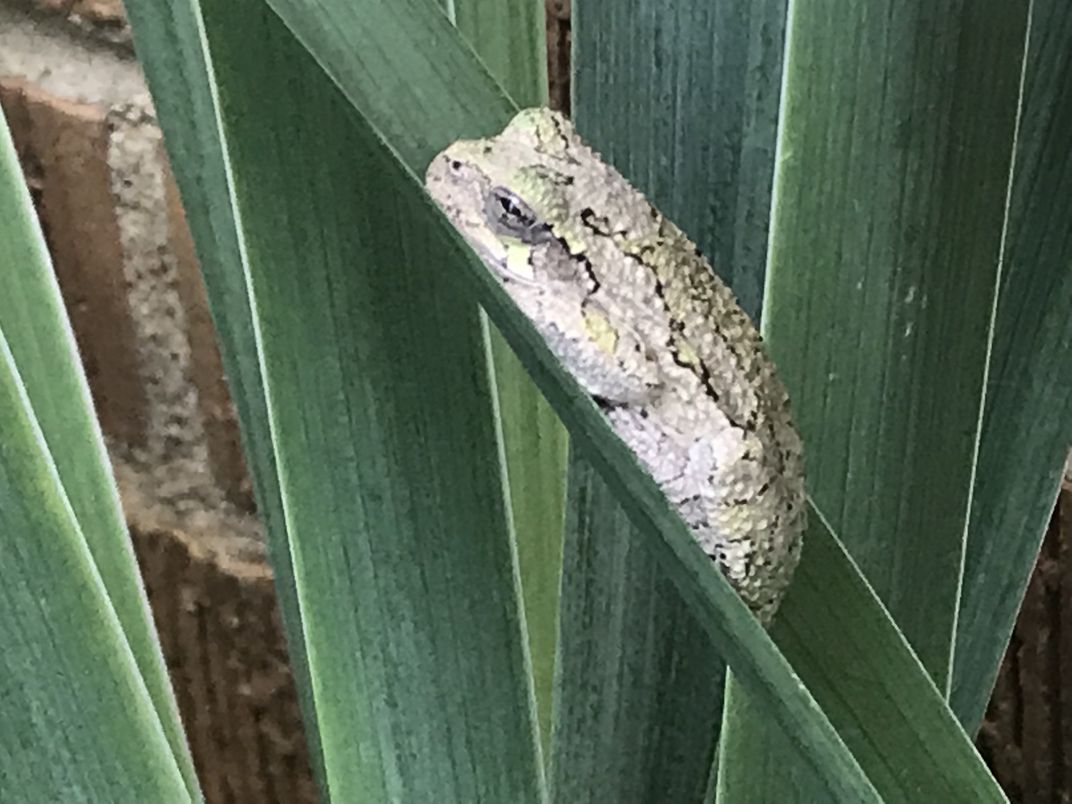

Snow White in Snow White and the Seven Dwarves (1950), 2. One article we read, titled “Black Film as a Genre,” defines them as “motion pictures made for theater distribution that have a black producer, director, and writer, or black performers that speak to black audiences or, incidentally, to white audiences possessed of preternatural curiosity, attentiveness, or sensibility towards racial matters and that emerge from self-conscious intentions, whether artistic or political, to illuminate the Afro-American experience,” and in using this definition, how does the film hold up? Without further ado, let’s break this down.īy my count, there are 13 princesses in the Disney Animation and Disney/Pixar films: 1. A lot of people remember this film as “the one where the black princess got to be a frog for the whole movie,” but it’s even more than just that. Really, the one thing that this film should have done is appeal to young black girls as the white princess did for the young white audiences, but taking away all sense of #BlackGirlMagic loses it’s appeal to a large portion of the black audience who came to see The Princess and the Frog – not A Tale of Two Frogs.

While it had success as an animated film, a Disney film, and a princess film…how does it stand as a black film? I recently took AAAD A278 “Contemporary Black Film” which sparked a lot of interest for me to explore The Princess and the Frog, using “black film” as a magnifying glass to inspect it. Most audience members were extremely happy with the film, and critics were as well the film scored an 84% on Rotten Tomatoes and a 73 on MetaCritic, both of which are impressive scores. In 2009, Disney released The Princess and the Frog, which had a lot of pressure from unprecedented anticipation, as this was to be the first Disney Princess film with a black princess.


 0 kommentar(er)
0 kommentar(er)
